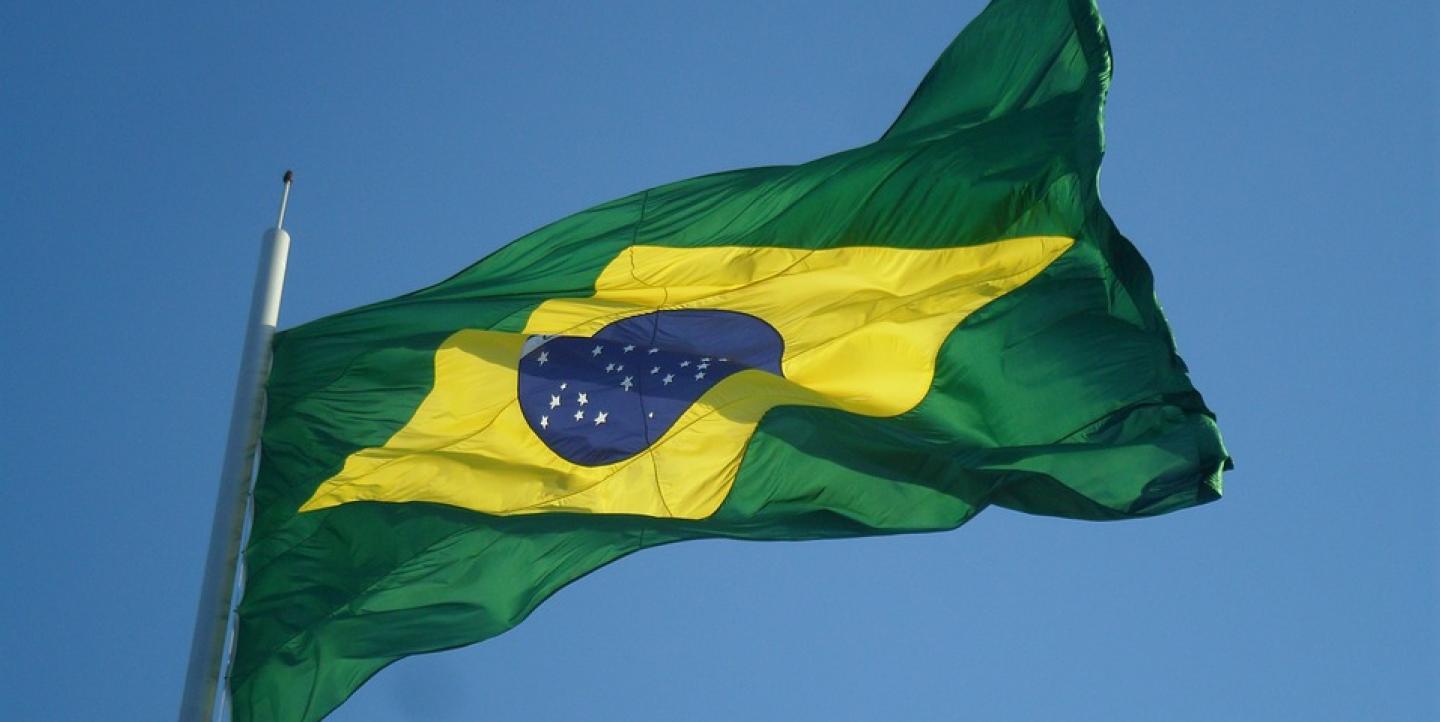Ahead of the country’s presidential election, Brazilian journalists braced for an avalanche of disinformation. A group of journalism organizations formed a coalition to verify information, fact-checkers worked nonstop, and journalists used new strategies for reporting and verifying facts. The unprecedented scale and speed of fabricated content designed to influence the 2018 elections across social media, combined with the largely unregulated social media landscape, made the task of fact-checking more daunting.
The election of Jair Bolsonaro revealed the power of messaging apps — especially WhatsApp — in spreading disinformation online.
“Journalists already knew they would face problems with misinformation, but they did not know that technology would be the main obstacle — in this case, working on a messaging platform that is not an open forum,” says Sérgio Spagnuolo, founder of data-driven news agency Volt Data Lab and editor of Brazilian fact-checking website Aos Fatos. “It’s very difficult to identify and combat disinformation that goes viral on WhatsApp because of its direct communication between users and encryption, which makes it hard to know what goes on inside.”
Spagnuolo has been a leading force in combating misinformation on WhatsApp. As an ICFJ TruthBuzz Fellow, he has drafted guidelines for WhatsApp posts adopted by newspaper Folha de S. Paulo and conducted research that found useful data about the WhatsApp habits of Brazilians.
Another challenge working in the medium is to disseminate fact-checks on WhatsApp. “You can’t boost content there,” says Spagnuolo. “There is no way to guarantee that people and groups that spread false information will see a fact-check.”
ICFJ’s director of innovation, Oren Levine, who works on the TruthBuzz program, explains that it was challenging for credible news outlets like Folha de S. Paulo or Aos Fatos to inject their messaging into the WhatsApp “stream” since there are no tools for publishers to post messages at scale, which means they have to rely on their readers to spread the information.
“Factual information and news don’t seem to have the same viral fanbase as the more emotional-based election content, so the messages that news outlets posted did not spread quickly or widely,” Levine says.
Even when stories were widely debunked by fact-checkers, confirmation bias played an important role in what people believe and do not believe.
“The gay kit [story], which was fabricated and obviously false, was used until the end of the Bolsonaro campaign... if you talk to people on the street, many still believe the gay kit existed,” says Simone Cunha, project director at Énois, a publication that also set up a fact-checking initiative on WhatsApp, called ChecaZap, in an attempt to reach people in the spaces where they were consuming disinformation.
Despite the challenges, fact-checkers managed to disprove several viral lies that were meant to harm the electoral process. For example, the Comprova coalition published an extensive report in response to a video warning about possible electronic voting fraud in Brazil. The coalition of journalists showed the claims of the video to be false or misleading.
“We listened to experts and sought information that would warrant a verdict for the [false] video that reached 1.5 million views in just over 24 hours,” recounts Comprova editor Sérgio Lüdtke. “We generated more than 30 pages of content to support our analysis.”
During the 10-week coalition, accuracy — not speed — was the priority, according to Lüdtke, who describes the project’s work as “social debunking,” aimed at investigating viral content by unofficial sources on social media. In total, they received 70,000 audio and image files for verification via the Comprova channel on WhatsApp.
“The project also generated experience and knowledge in collaborative journalism and showed that a common purpose can be more motivating than competing against each other,” Lüdtke says.
Next steps for fact-checking
While debunking every lie in WhatsApp is impossible, both Cunha and Spagnuolo share tips for reducing their impact. For example, they suggest producing native content on WhatsApp and trying to viralize fact-checks by making the reports as fun and appealing as fabricated news and hyperpartisan memes.
Before the Brazilian elections, Spagnuolo customized NPR’s Lunchbox tool for Aos Fatos, giving the news outlet a new way to create graphics to use in their social media posts, making them more attractive and increasing engagement, according to Levine.
“We know that images work well, in general, especially those that have the brand of a newspaper or fact-checking agency,” says Spagnuolo. “We also know that more assertive and explanatory titles help, since many people do not click on links. “
Levine also recommends experimenting with ways to attract loyal readers who become active “fans” of the news, who are willing to spread credible information in the same way that people spread rumors and fabricated news.
Disinformation tactics are constantly changing, so fact-checkers must adapt and evolve as well. “Conduct research into social media content and habits to guide your efforts,” recommends Levine.
Although the intensive task of fact-checking the Brazilian elections has come to an end, and several teams have been dismantled, disinformation continues to be a problem as it has always been, not only in the political realm. Brazilian journalists now have an opportunity to take a step back and look at the bigger picture, including the urgent need for media literacy.
“There is no way we can expect that journalism will check everything, that technology companies will take responsibility or that the government will regulate,” Cunha says, stressing that while disinformation flourishes in an environment of ignorance and media distrust, the opposite is also true. “We need to give tools, skills and knowledge to people so they can guide themselves on how to consume the news.”
Main image CC-licensed via Max Pixel.


